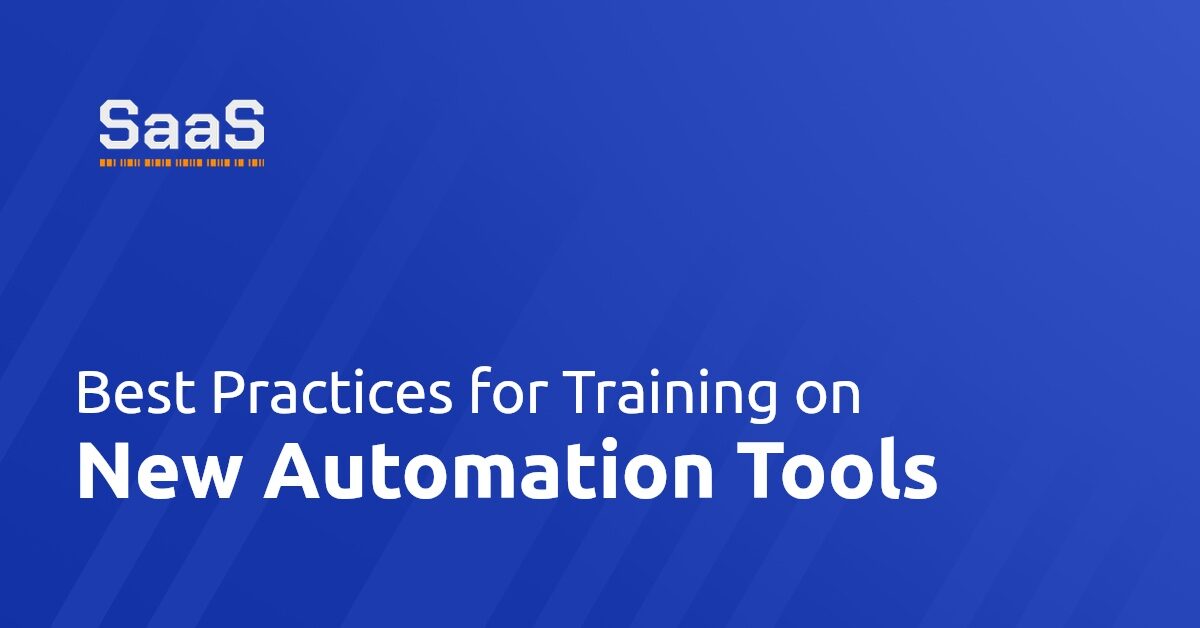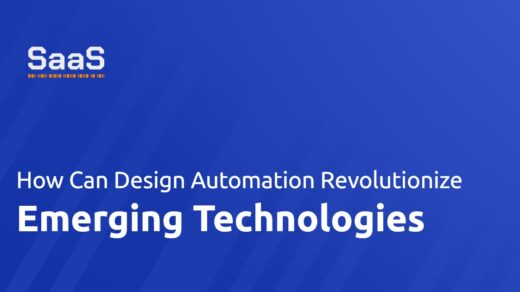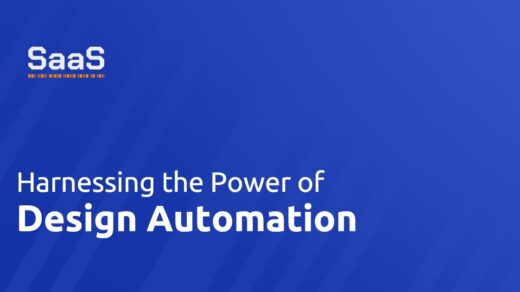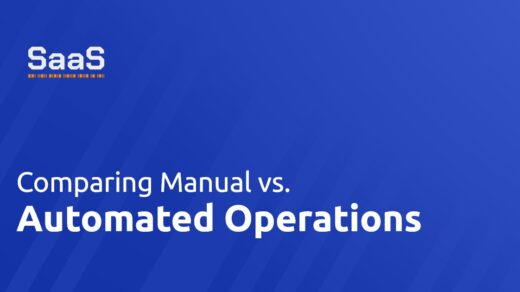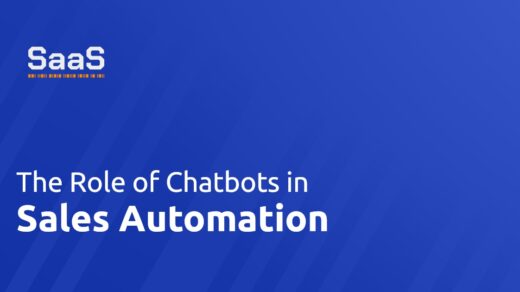How to effectively train staff on automation tools?
With the rise in digital transformation, businesses are integrating automation tools into their work processes. To ensure success in this area, training employees effectively is critical. A comprehensive training plan is vital for ensuring that your workforce understands the nuances of these tools and can leverage them to boost productivity.
The first step is to deliver an introductive session where the purpose, functionalities, and benefits of the automation tools are explained. This allows for initial apprehension to be addressed and puts everyone on the same page before the in-depth training sessions.
Interactive training sessions are more effective in teaching the application, functioning, benefits, and practical usage of the automation tools. Using training mechanisms such as webinars, hands-on workshops, or live demonstrations gives staff a better understanding of the tool. Employing varied techniques caters to different learning styles, ensuring everyone grasps the concept.
Overcoming Challenges in Training Employees on New Automation Tools
Training employees on new automation tools is not always a straightforward process. It may present several challenges, including resistance to change, technological incompetence, and more. To overcome these, it's essential to foster an open, understanding, and patient environment during the training process.
To conquer resistance, clear communication of the benefits associated with the automation tool is essential. This step not only clarifies utility but also quells the fear of the unknown. In instances of technological incompetence, the training must be paced to accommodate all employees, not just those already tech-savvy. Implementing a mentoring system may also help bridge knowledge gaps and foster a supportive atmosphere.
Providing enough practice time is another crucial aspect to build staff confidence. It is through practice and repetition that employees gain proficiency in the new tools. Additionally, continuous feedback and corrections during this stage improve employee performance and tool usage.
What Are the Best Practices for Training Staff on Automation Tools?
The first best practice is to set clear expectations and goals. By stating the end goal and communicating why it's necessary, employees can have a clear understanding before the training commences.
Secondly, opt for a gradual, step-by-step training process instead of rushing through the entire course in one go. This strategy allows employees to understand the tool effectively and reduces the chances of information overload.
The use of real scenarios during training sessions helps employees learn the practical application of the tool in their daily tasks. This strategy not only makes the training more relevant but also helps staff visualize their role in utilizing the new tool.
Lastly, ensuring widespread accessibility to self-learning resources like digital guides, tutorial videos, and online FAQs is very beneficial.
Ensuring Successful Implementation of New Automation Tools through Staff Training
Training is just the tip of the iceberg; the real test lies in the successful implementation of these tools. To ensure this, it's important to maintain the consistency and quality of training sessions.
Monitoring systems should be put in place to evaluate how well employees are utilizing the tools post-training. Regular checks help in pinpointing any issues or hindrances and provide an opportunity for ongoing support and improvement.
Constant communication is key throughout this process. Encourage employees to voice any difficulties they may encounter with the new tools. This open dialogue reduces frustration, paving the way for successful implementation.
In conclusion, although introducing new automation tools and training the staff to use them might seem challenging, adopting the right strategies can ensure a smooth transition. By incorporating best practices in staff training, managers can ensure an effective and seamless adoption of new automation tools. This strategy undoubtedly paves the way for enhanced productivity and business success.

